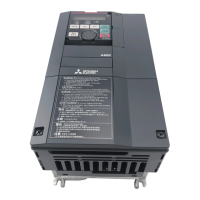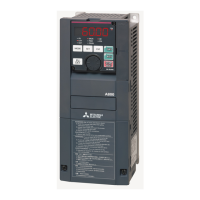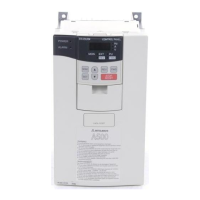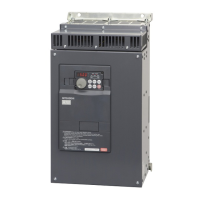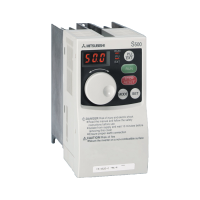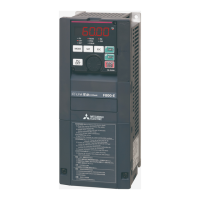APPENDIX
139
Low Voltage Directive
We have self-confirmed our inverters as products compliant to the Low Voltage Directive and affix the CE marking on the
inverters.
• Low Voltage Directive: 2014/35/EU
• Conforming standard: EN 61800-5-1:2007
Outline of instructions
• Do not use an earth leakage current breaker as an electric shock protector without connecting the equipment to the
earth. Connect the equipment to the earth securely.
• Wire the earth terminal independently. (Do not connect two or more cables to one terminal.)
• Use the cable sizes on page 31 under the following conditions.
• Ambient temperature: 40°C maximum
If conditions are different from above, select appropriate wire according to EN 60204-1, IEC 60364-5-52.
• Use a tinned (plating should not include zinc) crimping terminal to connect the earth (ground) cable. When tightening
the screw, be careful not to damage the threads.
For use as a product compliant with the Low Voltage Directive, use PVC cable whose size is indicated on page 31.
• Use the molded case circuit breaker and magnetic contactor which conform to the EN or IEC Standard.
• DC current may flow from the inverter to a protective earth (ground) conductor. When using a residual current device
(RDC) or residual current monitor (RDM), connect a type B RCD or RCM to the power supply side.
• Use the inverter under the conditions of overvoltage category II (usable regardless of the earth (ground) condition of the
power supply), overvoltage category III (usable with the earthed-neutral system power supply, 400 V class only) and
pollution degree 2 or lower specified in IEC 60664.
• On the input and output of the inverter, use cables of the type and size set forth in EN 60204-1, IEC 60364-5-52.
• The operating capacity of the relay outputs (terminal symbols A1, B1, C1, A2, B2, C2) should be 30 VDC, 0.3 A. (Relay
output has basic isolation from the inverter internal circuit.)
• Control circuit terminals on page 22 are safely isolated from the main circuit.
• Environment (For the detail, refer to page 18.)
For installation at an altitude above 1000 m, consider a 3% reduction in the rated current per 500 m increase in altitude.
• Install the inverter at a place where ultraviolet radiation is not applied directly.
Wiring protection
Class T, Class J, Class CC fuse, or UL 489 Molded Case Circuit Breaker (MCCB) must be provided.
(Use a product which conforms to the EN or IEC Standard.)
Maximum allowable rating by US National Electrical Code. Exact size must be chosen for each installation.
Short circuit ratings
• 400 V class
Suitable for use in a circuit capable of delivering not more than 100 kA rms symmetrical amperes, 500 V maximum.
During Operation In Storage During Transportation
Ambient temperature -10 to +40°C -20 to +65°C -20 to +65°C
Ambient humidity 95% RH or less 95% RH or less 95% RH or less
Maximum altitude 2500 m
2500 m 10000 m
FR-A846-[]
00023
(0.4K)
00038
(0.75K)
00052
(1.5K)
00083
(2.2K)
00126
(3.7K)
00170
(5.5K)
00250
(7.5K)
00310
(11K)
00380
(15K)
00470
(18.5K)
Rated fuse voltage (V) 500 V or more
Fuse allowable rating (A) 6 10 10 15 25 35 60 70 90 100
Molded case circuit breaker (MCCB)
Maximum allowable rating (A)
15 15 15 20 30 40 60 70 90 100
FR-A846-[]
00620
(22K)
00770
(30K)
00930
(37K)
01160
(45K)
01800
(55K)
02160
(75K)
02600
(90K)
03250
(110K)
03610
(132K)
Rated fuse voltage (V) 500 V or more
Fuse allowable rating (A) 125 150 175 200 250 300 350 400 500
Molded case circuit breaker (MCCB)
Maximum allowable rating (A)
150 175 225 250 450 450 500 ――
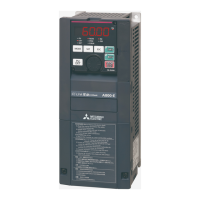
